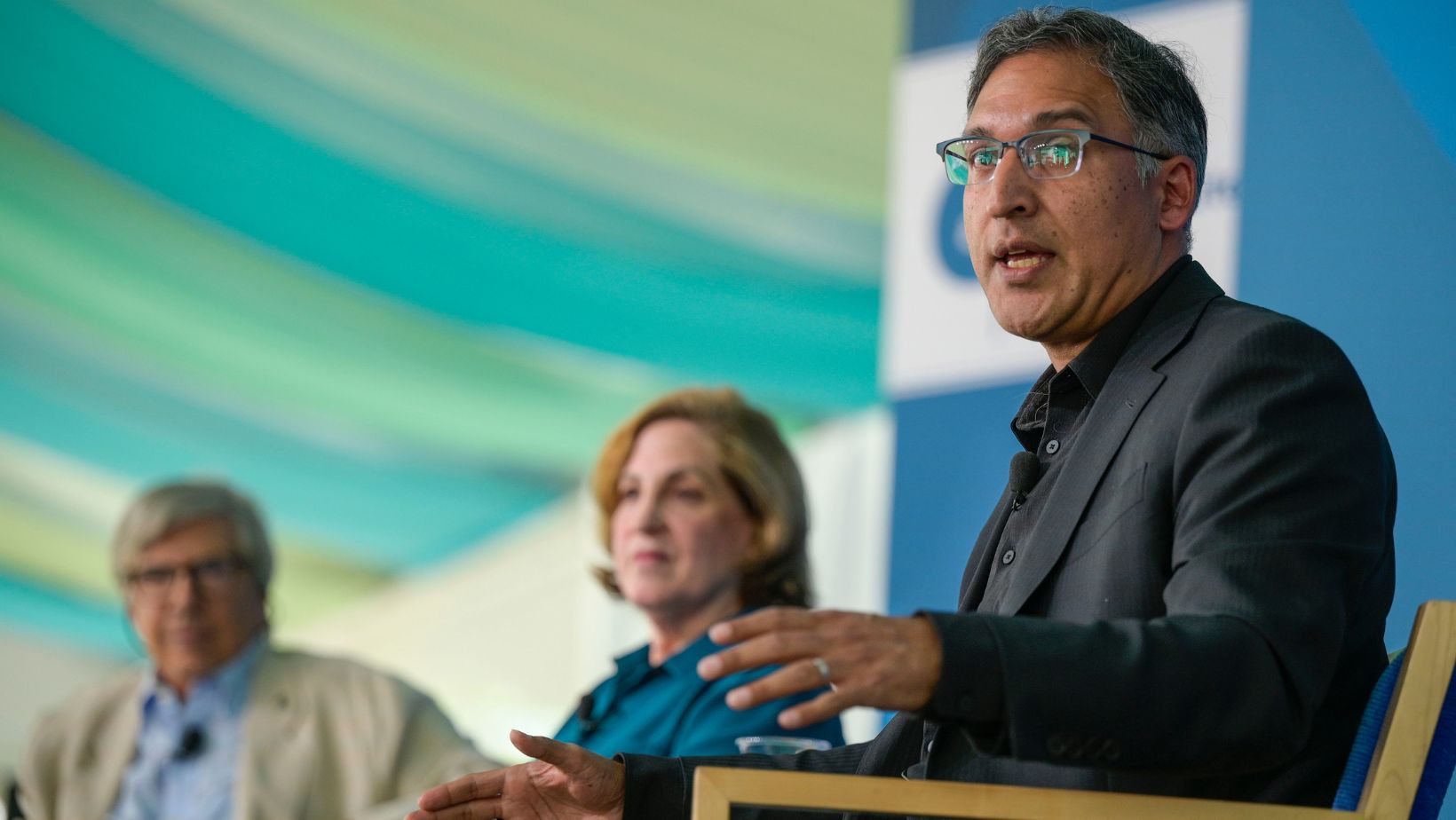 REVIEW: UNCERTAIN JUSTICE, The Roberts Court and The Constitution
REVIEW: UNCERTAIN JUSTICE, The Roberts Court and The Constitution
Laurence Tribe and Joshua Matz
(Henry Holt, 2014)
Laurence Tribe of Harvard Law School is one of the rare law professors who also advocates frequently in front of the Supreme Court. Yet, remarkably, in his most recent book – a treatment of the Roberts Court, which has heard so many of his arguments – he steers clear of the polemic that characterizes much media analysis of the Justices’ work. Once himself mentioned for a seat on the Court, Tribe has now produced a volume to explain the institution to a broad swath of the American people, to invite them to a deeper engagement with its work, and to elucidate the way that work affects their lives.
Tribe, who holds the dual positions of Carl Loeb University Professor and professor of constitutional law at Harvard, portrays the Justices as human beings and scholars, rather than gladiators in the service of ideology. He sums up his enterprise like this:
Dissecting the logic of opinions with care, and attending to how each of the nine justices views the Court and the Constitution, helps narrow the range of what seems like possible futures. That is so, however, only if we refuse to stereotype the justices and if we explore their opinion with an open and welcoming mind. The recurring disagreements, between otherwise like-minded justices… should leave no doubt that it is often counterproductive to reduce the justices’ views to political caricature. That realization can provide a basis for cautious optimism: the process by which the nine justices reach their decisions is not foreordained by the policy views and political backgrounds the justices bring with them to their lifetime positions. (319)
Tribe empathizes with the intellectual struggle even of those Justices with whose positions he disagrees, a rare trait even among sophisticated court-watchers. Media coverage of each new decision often tacitly assumes that the Justices are no more than “politicians in robes” – the slur used against the judicial branch by those displeased by the outcome of one case or another. Too much coverage of the Court starts from the assumption that the nation’s highest judicial body must look past the walls of the Marble Palace to the Capitol across the street, and the White House beyond.
None of the Justices would agree with this interpretation of their work, though of course they would disagree differently. The Court’s originalists, notably Justice Antonin Scalia, claim that their rulings are strictly based in an interpretation of the Constitution circa 1791 (the date of the Judiciary Act). Justice Stephen Breyer politely disagrees with Scalia and the originalists, pointing to a living constitution responsive to evolving mores, technology and attitudes toward social justice. In his Senate confirmation hearing, Chief Justice John Roberts famously described the enterprise of the Court as calling “balls and strikes”—something Associate Justice Elena Kagan disputed quite vigorously during her own confirmation several years later.
So how do the Justices decide cases? Along with his co-author and former student Joshua Matz (who is about to clerk for Justice Anthony Kennedy), Tribe – who also taught the current Chief Justice, along with Kagan and President Barack Obama – examines several of the Court’s most recent controversial decisions. Carefully reviewing cases about campaign finance, the Affordable Care Act, same-sex marriage, speech and privacy, he teases out the strands of thought that form the texture of the body’s rulings.
Tribe’s analysis shines when he describes two phenomena often neglected in coverage of the Court in popular media. The first is its shifting alliances, particularly in emerging areas of constitutional jurisprudence. Justices Samuel Alito and Sonia Sotomayor, both former prosecutors, wrote passionately in the 2012 Jones case about how individual privacy and autonomy are jeopardized in GPS surveillance. Alito and Sotomayor disputed Scalia’s older “property-based” analogies for the power of electronic technology as an awkward fit for invasions that the framers of the Constitution could scarcely have imagined. Alito’s concurrence in this Term’s unanimous holding in Riley v. California, that a defendant’s cellphone contents were off-limit in the absence of a warrant, continues his engagement with the need to evolve legal rules as technology evolves, Sotomayor’s very point in her Jones dissent. Yet in most Fourth Amendment search and seizure cases, such as the 2012 “dog-sniff” case where Alito in his dissent suggested that a sniffer dog could be deployed at a drug defendant’s front door, or the 2012 King case, which allowed a defendant to be cheek-swabbed for DNA evidence, Sotomayor and Alito predictably line up on opposite sides, with Alito frequently joining his fellow New Jerseyan Scalia in 5-4 splits.
The second phenomena is the way that the Justices, in one opinion, may take a compromise view of a particular case, but use language and details of their analysis to lay the groundwork for a more sweeping ruling at a later date. This judicial incrementalism — playing the “long ball,” as Tribe and others have characterized it — is seldom remarked outside of academic circles. As a result, when the Court produces a narrow ruling on an issue today, the public loses a chance to understand more deeply and with greater foresight where the Court may be heading on that particular issue in the future.
Tribe saves some of his most stinging criticism for a less visible area of the Roberts Court’s jurisprudence. In the court’s zeal to cut back on lawsuits against government subdivisons that drain the public purse, it has made it well nigh impossible for litigants to seek relief through the federal courts. As a result, this Court – whose majority has emphasized the importance of federalism in the Constitutional system – has stripped citizens of a powerful tool for maintaining the integrity of state and local governments. This appears contrary to other strands of its philosophy. In a corollary criticism, Tribe notes that the Court has made it harder for shareholders to pursue lawsuits against corporations; and by elevating arbitration clauses, the Court has made it tougher for consumers to pursue remedies as well. As he puts it “[a] crude favoritism for big business is not what drives them…[but] a desire to ensure a particular view of fairness in litigation, limit the role of courts, and reduce the role of lawsuits as a regulatory tool.” In Tribe’s view this approach neglects the Court’s duty to protect the rights of individuals, leaving no recourse but the slow work of change through the political branches.
Tribe’s enterprise is not to urge the public to accept without question the Court’s pronouncements on a range of topics — rather he is interested in: demystifying the process by which they reach their results; explaining some of the long-term ramifications as he sees them; and counseling the American public to pay attention to the rulings which are gradually changing the character of the American public landscape.

